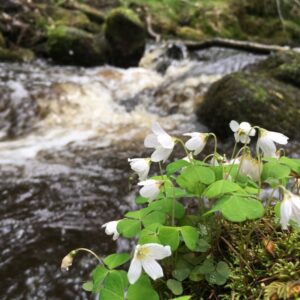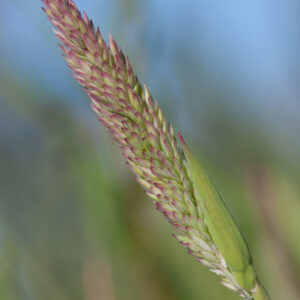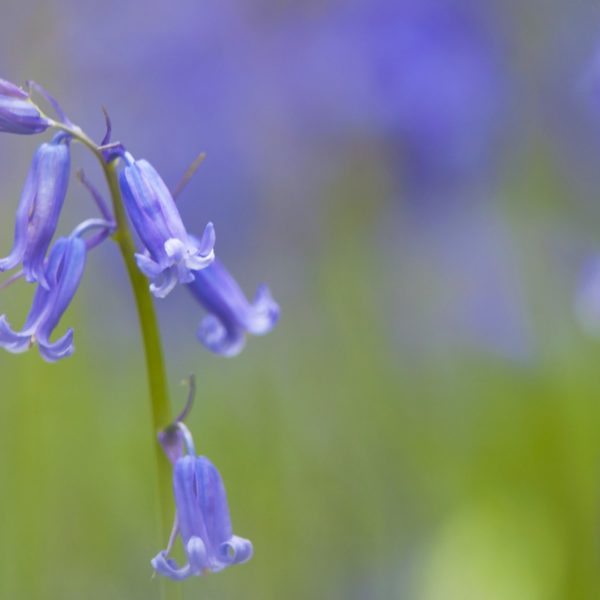Key Facts
- Height: up to 50cm
Bluebells spend most of the year as bulbs underground in ancient woodlands, only emerging to flower and leaf from April onwards.
This early spring flowering allows them to make the most of the sunlight that is still able to make it to their forest floor habitat and attracts the attention of plenty of pollinating insects. Millions of bulbs may exist in one bluebell wood, causing the blue carpets we so keenly associate with spring, and new plants are sometimes able to split off from these bulbs and grow as clones.
How to Identify
Bluebells are perhaps one of our most famous and unmistakeable woodland flowers – look for long and narrow, drooping leaf fronds and bending flower stems heavy with the nodding, blue bells that give this flower its name.
Where to find
Widespread.
How people can help
The Wildlife Trusts manage many woodland nature reserves sympathetically for a range of spring flowers, from showy Bluebells to delicate Wood Anemones, fragrant Lily-of-the-valley to pretty Primroses. A mix of coppicing, scrub-cutting and ride maintenance open up the woodland floor to the sun, helping many flowers and plants to thrive. You can help too: volunteer for your local Wildlife Trust and you could be involved in everything from traditional forest crafts to raising awareness about woodland wildlife.
Did you know?
The Bluebell’s Latin name, Hyacinthoides, comes from a Greek myth: when the Prince Hyacinthus died, the tears of the god Apollo spelled the word ‘alas’ on the petals of the hyacinth flower that sprang up from his blood. Non-scripta means unlettered and distinguishes this bluebell from the similar-looking hyacinth.
Similar Species

Common Cotton-Grass
- Wildflowers

Gorse
- Wildflowers

Heather
- Wildflowers

Honeysuckle
- Wildflowers

Sphagnum Moss
- Wildflowers

Wood Anemone
- Wildflowers

Wood Sorrel
- Wildflowers

Yorkshire Fog
- Wildflowers
